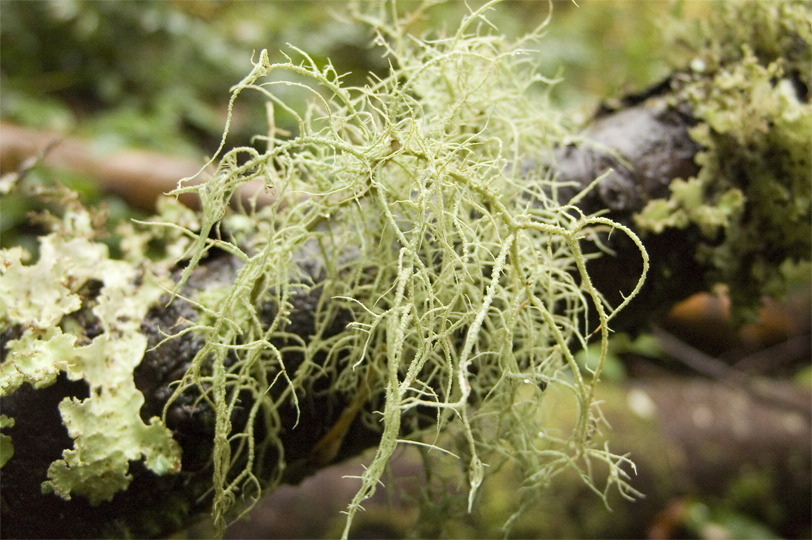
Imagine taking your little son/daughter, or nephew, out for a walk on your rest day, and wanting to cover his/her nose because of the pollutants that assault his/her developing lungs.
You and Generation Next can only take so much. That's why vertical gardens are godsend in a world where industrialization and climate change are wreaking havoc to our living spaces.
These pockets of green on building facades are a breather for stressed-out city dwellers. They reduce solar gains and dispersion. They ease energy load -- whether for heating or cooling purposes. They reduce thermal conditions outdoors. When we're at home or in the office, vertical gardens promote wellness and protect us from changes in climate day in and day out. They're also a hedge against the unpredictable effects of changes in each passing season.
But not all vertical gardens are created equal. Researchers at Universidad Politecnica de Madrid (UPM) and Università degli Studi di Camerino (UNICAM) say it all depends on how thick these vertical gardens are. According to a new method called Green Facade Optimization (GFO), vertical gardens can only do their work -- cool off surroundings -- when the building facade is insulated at nine cm at the most. Beyond that, these pockets of green won't do their job.
Scientific research
Francesca Olivieri, a member of research group of Bioclimatic Architecture in a Sustainable Environment at UPM, says “it is known that thermal insulation conditions the effect of green walls, but there are few studies that quantify the insulation thickness needed to guarantee "optimal performance and its usage." Thus, UPM studied the effects of vertical gardens with varying kinds of thermal insulation thickness. Their study covered three stations of experimentation. Researchers monitored the vertical gardens in continental Mediterranean climates to come up with just the right model they can recommend for installation in buildings and other structures.
The researchers tried to be as accurate as possible. They developed algorithms to study green walls (Roof Model / EcoRoof). They applied these algorithms to come up with a precise model for a vertical wall with thermo-hygrometric (temperature/humidity and ventilation) qualities and evapotranspiration (the process by which water transfers from land to air through evaporation from soil or vertical gardens) qualities a good vertical garden must have.
To ensure utmost accuracy, the researchers applied optimization analysis which came up with a list of physical variables that determine a green wall's thermal behavior. This way, they could predict just how much energy the green walls could absorb. They could then predict if the vertical wall would have the desired cooling effect or not.
Results underscored the value of vertical gardens in promoting wellness and improving lives, especially in the age of climate change. But it also qualified that certain requirements set one vertical garden apart from the rest. The effective ones must conform to certain standards of thickness.
"Exceeding the right thickness, the effects (of vertical gardens) on thermal insulation stop improving," the study warned. (Related: Planting a DIY vertical garden.)
So the next time you go out for a walk in the city, go check out those vertical gardens that make you breathe cleaner air. They not only look good. They also make you feel good.
But remember, they won't do all the work for you. The rest of job -- preserving Mother Nature -- is up to you.
Sources include:
Please contact us for more information.






















